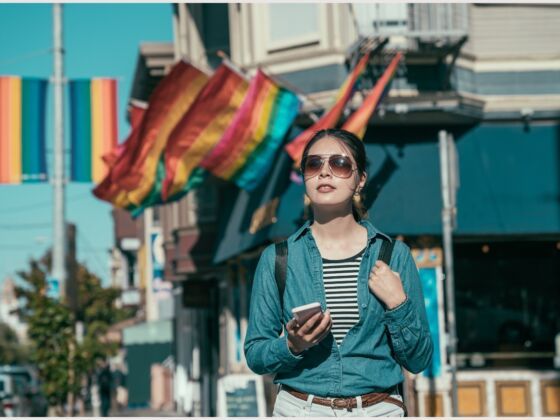GOOGLE HAS PUT images of the entire world online, for free. Think about how amazing that is.
Last year, in “Virtual Traveling for the Rooted Hobo,” Marc Latham talked about using this technology to explore the far corners of the world from the comfort of your office chair. The Street View feature even allows you to virtually tour UNESCO World Heritage Sites.
